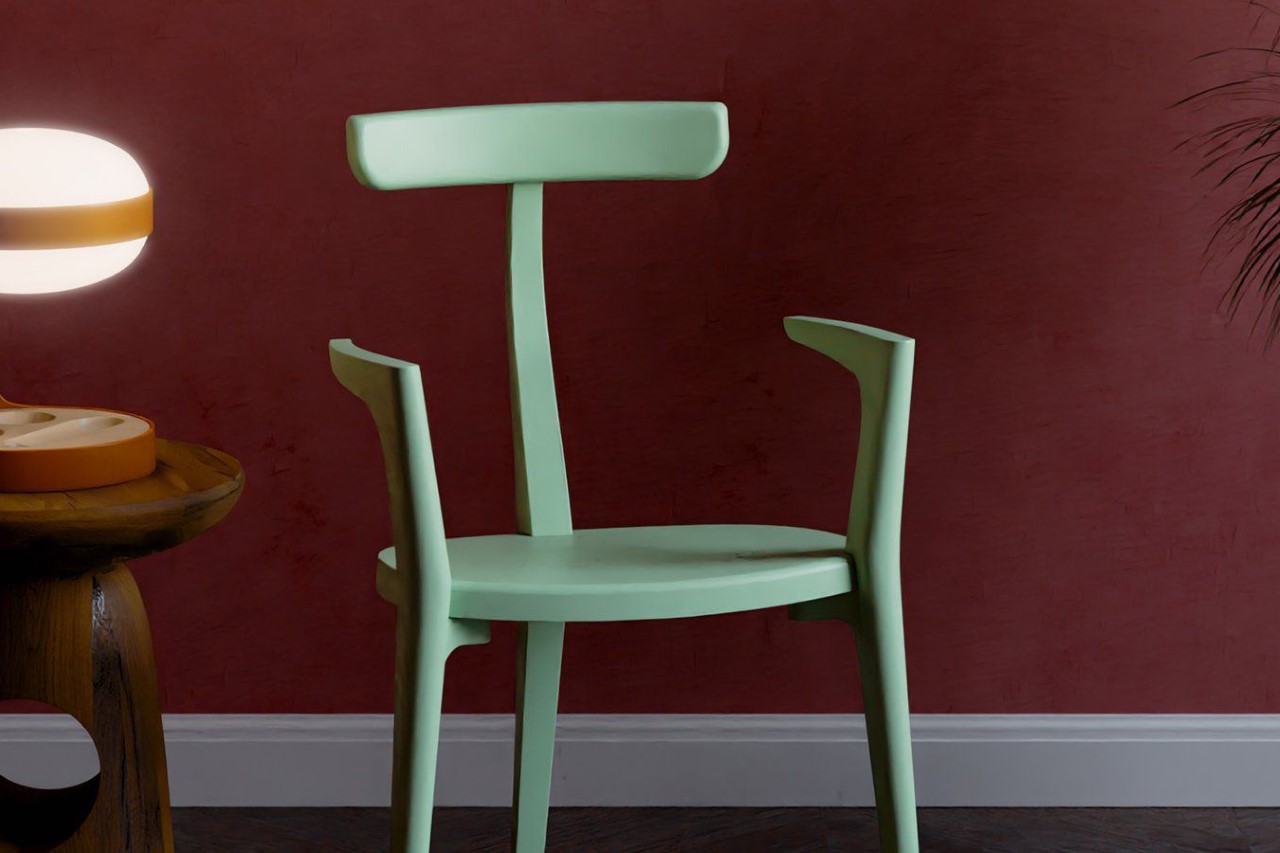
The Beluga Chair, a symbol of hope amidst the plastic pollution crisis, is a groundbreaking innovation in sustainable furniture design. Crafted entirely from recycled fishing nets in France, this chair by POLIMAIR embodies a new era of environmental responsibility. Designed by Arthur Gaudenz, it marks a shift towards utilizing 100% recycled plastic in furniture production, reducing waste and CO2 emissions.
At its core, the Beluga Chair represents durability and sustainability, eliminating the need for additional materials like steel screws or glue. POLIMAIR’s forward-thinking approach redefines the role of plastic as a long-lasting material, prioritizing eco-consciousness in furniture making. The chair’s design philosophy focuses on sustainability, showcasing the brand’s commitment to environmental stewardship.
With a focus on local craftsmanship and sourcing materials from various French regions, the Beluga Chair is a champion of sustainable practices. Its 100% life guarantee ensures longevity and durability, preventing the need for replacement and landfill waste. By allowing for easy assembly and customization, the chair promotes user engagement and creativity in the product lifecycle, enhancing the overall sustainability of the furniture.
The Beluga Chair’s adaptability makes it a versatile choice for various interior design styles, seamlessly blending into any setting. Its vibrant color options add personality to spaces, serving as a statement piece in studies, libraries, or foyers. From modern to rustic aesthetics, the chair offers endless customization possibilities, enabling users to express their unique style while championing sustainability.
In conclusion, the Beluga Chair by POLIMAIR is more than just a piece of furniture – it represents a stylish revolution in sustainable living. Its innovative design, commitment to durability, and eco-conscious practices make it a leading example of responsible furniture production in today’s environmentally conscious world.


